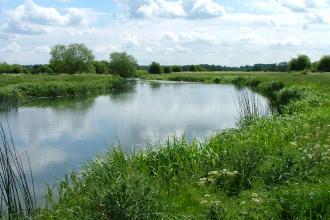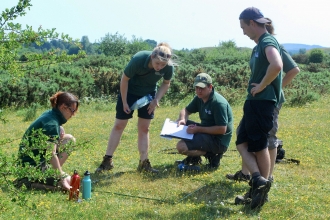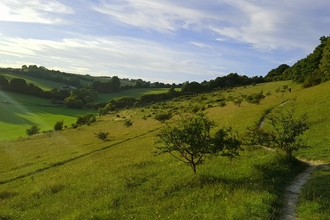National Lottery Heritage Fund
What is the National Lottery?
The National Lottery – and with it National Lottery funding for good causes like heritage, arts, sport and charities – was established in 1994. Every ticket sold contributes funds to good causes across the UK.
National Lottery funding through the National Lottery Heritage Fund has helped The Wildlife Trusts to achieve so many amazing things for people and wildlife over the years.
About the National Lottery Heritage Fund

The National Lottery Heritage Fund is the largest dedicated funder of heritage in the UK.
Since its creation in 1994, The Wildlife Trusts have worked closely with the National Lottery Heritage Fund to connect people to nature and each other, save precious wildlife-rich places, create new woodlands, wetlands, meadows and many other habitats and protect rare and endangered species.
The hundreds of Wildlife Trust projects across the UK supported by the Heritage Lottery Fund have benefited thousands of people from all walks of life – helping them to experience the joy of wildlife in their daily lives; from children and young people to older generations; from those living in urban areas to those in the countryside, or by the coast.
Players of the National Lottery are helping Wildlife Trusts throughout the UK give a new lease of life to wildlife and wild places, and ignite the passions of individuals and communities to care for the wildlife on their doorstep.The Wildlife Trusts
From land purchases to visitor centres, education centres and community projects, here are just a few of the projects the Heritage Lottery Fund has helped to fund!
College Lake visitor centre
Bright, spacious and ecologically sound, College Lake’s visitor centre opened in 2010 and immediately raised the Trust’s profile in this part of Buckinghamshire. With stunning views of the lakes it attracted more than 40,000 visitors in its first year, more than 70% of whom were first time visitors to a BBOWT nature reserve.
Chimney Meadows
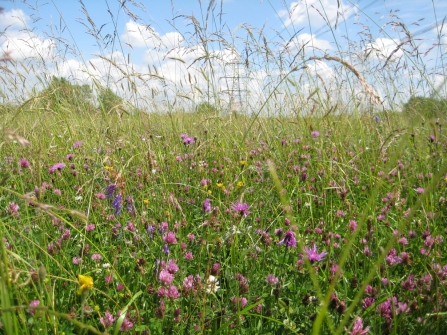
Wild flowers at Chimney Meadows by Wendy Tobitt
Oxfordshire’s Chimney Meadows are among the last unspoilt flood meadows surviving in the heart of the Thames Valley. Purchased with HLF support in 2003, BBOWT has transformed fields of wheat and barley to their former glory. Now awash with wild flowers, these wetlands are once again home to wading birds such as curlew.
West Berkshire Linking the Landscape project
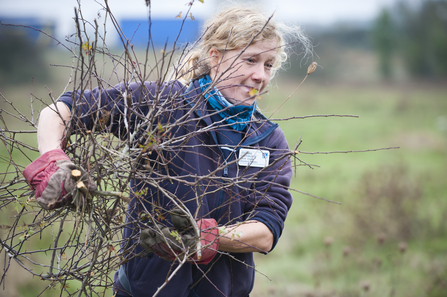
Paul Harris/2020VISION
Through its programme of events and activities the Linking the Landscape in West Berkshire project raised awareness among people living in and near Newbury of the remarkable natural heritage found nearby. The project linked up the area’s wildlife habitats through targeted conservation management to improve its strength and resilience. It’s a win-win for wildlife and people.
Developing Green Talent - wildlife traineeships
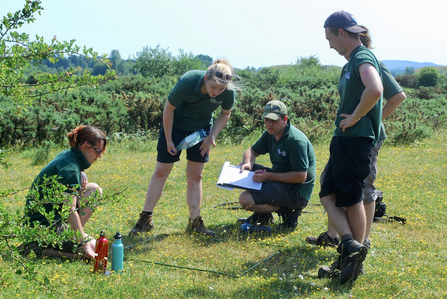
BBOWT trainees by Adrian Wallington
In 2011-16 BBOWT’s Developing Green Talent scheme supported by the HLF provided practical traineeships in conservation to 43 wildlife enthusiasts looking to turn their passion into a career. Nearly all trainees went on to gain employment in nature conservation, including 14 recruited to BBOWT staff.
Woolley Firs Environmental Education Centre
Enthusing children about the wonders of wildlife is essential if we are to create the next generation of nature lovers. The 2011 opening of our environmental education centre at Woolley Firs, Berkshire has provided local schoolchildren with a well-equipped, purpose designed space to learn about wildlife and ignite their curiosity.
Yoesden nature reserve
Yoesden by Mick Jones
The HLF contributed to the rescue of Yoesden, Bucks in 2014. The steep bank is home to a variety of orchids and other wild flowers that support a host of butterflies, including the ‘four blues’: small blue, chalkhill blue, Adonis blue and common blue. This remnant of rare chalk grassland will be preserved for generations to come.
Meadow Farm

Lapwing wading in water by David Tipling/2020VISION
The purchase of Meadow Farm, part of the Upper Ray Meadows, in 2013 presented an opportunity to gain a deeper understanding of these striking floodplain meadows. The Meadow Farm Project that resulted saw more than 1,500 visitors to the meadows, including schoolchildren who can now use the new outdoor classroom. Equipment purchased as part of the project has improved management efficiency, reducing costs while improving habitat for wildlife such as lapwing.
Wild Oxford and Wild Banbury
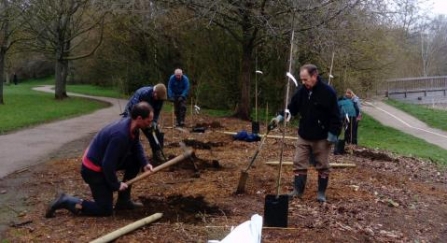
In partnership with City Councils and local community groups, the Wild Oxford and Wild Banbury projects are working to create a more resilient network of wildlife habitats across the cities which will benefit the cities’ natural heritage and improve people’s access to nature. We want to inspire people of all ages to discover the wild green spaces in their city, get involved with events or try volunteering.

